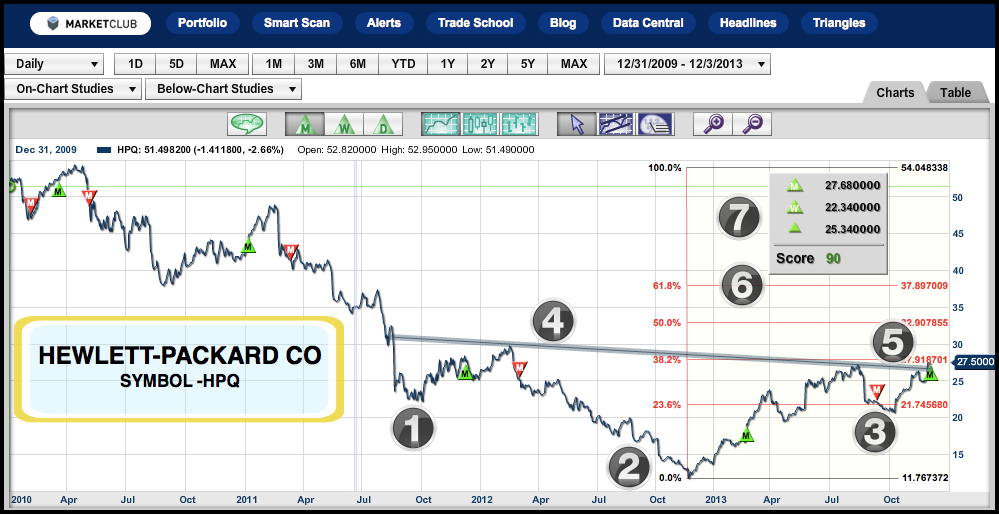Head and Shoulders Formations ... it's not a shampoo
One of the oldest and most reliable of all chart formations is the Head and Shoulders Formation. This formation takes place usually after a trend has been established and in place for some time. It can in rarer instances take place in a continuation pattern and still be effective. The two formations we are going to look at today are a Head and Shoulders Top (HAST) and a Head and Shoulders Base (HASB). Both of these formations have a high degree of accuracy and usually portend a major change in direction for a market.

A normal Head and Shoulders Top (HAST) or Head and Shoulders Base (HASB) has a right shoulder, a head, a left shoulder, and a neckline. More complicated formations have double heads or double shoulders and, in some rare instances, triple shoulders. Both a Head and Shoulders Top (HAST) and a Head and Shoulders Base (HASB) have a neckline, and a Head and Shoulders formation should only be considered completed when the neckline is broken.
Once the neckline is broken, it is possible that prices can set back and retest the neckline. It is perfectly normal and healthy for a market to do this. Care must be taken that the retest of the neckline does not exceed by too much the original neckline and thereby abort the formation.
As a general rule, if the market sets back through its neckline and violates the left shoulder formation, it should be viewed as invalidating the original buy or sell signal. In order to predict the extent of a move a measurement is taken from the top part of the head to the neckline. The Head and Shoulders Target Zone (HATSZ) is created when you add or subtract this distance from the neckline, depending on whether it’s a Head and Shoulders Top (HAST) or a Head and Shoulders Base (HASB).
See how many chart formations show up in MarketClub. This type of formation occurs in stocks, futures, forex, metals and mutual fund markets.
Every Success,
 Adam Hewison
Adam Hewison
President, INO.com
Co-creator, MarketClub




